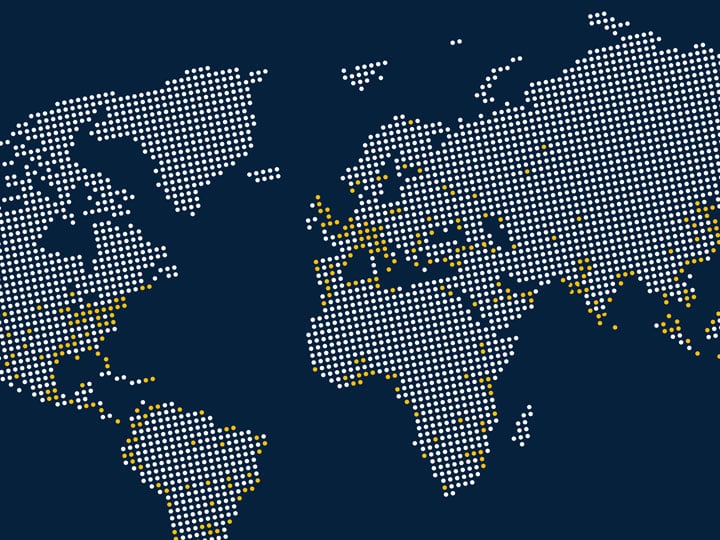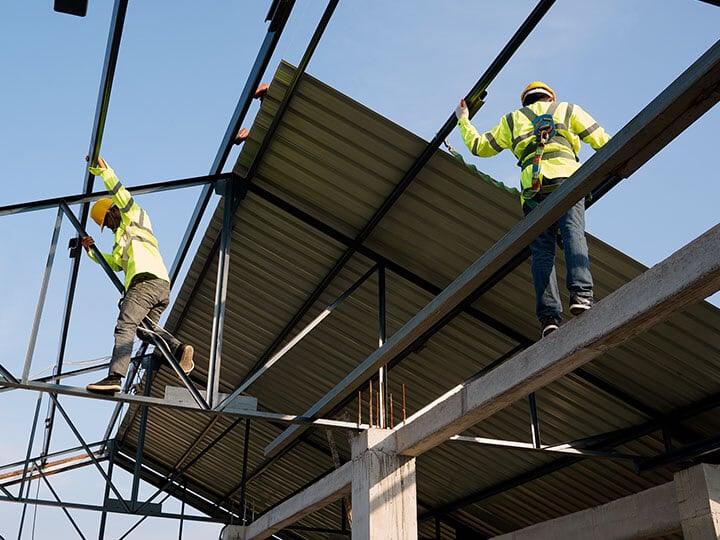ASTM E108: Fire Tests of Roof Coverings
Standard: ASTM E108: Standard Test Methods for Fire Tests of Roof Coverings
Certification Required: A listed roof covering is required by building codes, such as the International Building Code, unless nonclassified roofing is allowed for the building type. The mark used for certification may be either the ETL or Warnock Hersey (WH) mark.
Scope: ASTM E108 is a fire-test-response standard that is used to evaluate roof coverings in both residential and commercial roofing applications for materials used on combustible or noncombustible decks. The evaluation simulates the fire originating outside the building accompanied by wind conditions. The 3 classifications afford different severity of testing parameters and criteria; Class A roof coverings are effective against severe fire test exposures, Class B roof coverings are effective against moderate fire test exposures, and Class C roof coverings are effective against light fire test exposures.
Applicable Products: Roof covering materials, including but not limited to: asphalt shingles, sheet roofing, fire-retardant-treated wood shingles and shakes.
Test Procedure: The roof covering material is installed on a test deck to create a roof assembly. The test deck can either be of combustible (plywood or wood boards) or noncombustible (metal, concrete, gypsum) material depending on the intended installation of the product. The test exposure depends on the classification that is being sought by the manufacturer. The test parameters will vary depending on which class is being specified for the evaluation.
There are 6 different test sections that the roof covering can be tested to depending on the type of roof covering and associated characteristics. The sections are: Spread of Flame test, Intermittent Flame test, Burning Brand test, Flying Brand test, Rain test, and Weathering test.
- Roof coverings on combustible decks, other than fire-retardant-treated wood shakes or shingles, shall be subjected to the spread of flame, intermittent flame, and burning brand tests. The flying brand test is only required for these types of decks if there is a potential for the roof covering to break into pieces of flying, flaming brands or particles which continue to glow after reaching the floor. The rain test and weathering tests are only required if the fire-retardant characteristics of the roof covering material has the potential of being adversely affected by water or weather outdoors, respectively.
- Roof coverings restricted to noncombustible decks only require the spread of flame test.
- Roof coverings consisting of fire-retardant-treated wood shakes and shingles shall be subjected to all the test sections: the spread of flame test, intermittent flame test, burning brand test, flying brand test, rain test, and weathering test.
This test procedure utilizes a test apparatus which exposes a roof system to simulated wind conditions and fire sources (test specimen exposure simulates a fire originating from outside environment) by means of an inline blower and either a gas burner or burning brands. The test apparatus framework incline can be adjusted to different slopes as per the test sponsor’s instructions, with the default test slope being 5 inches per horizontal foot. The blower is adjusted to simulate a 12 mile per hour wind condition over top of the roof covering. The gas burner (for intermittent-flame, spread of flame, and flying brand tests) is adjusted to 1400°F ± 50°F for Class A and B test exposures or 1300°F ± 50°F for Class C test exposure. The brands for Class A and Class B are constructed from 1-inch-by-1-inch wood strips spaced 1/4 in. The Class A brands are 12 inch by 12 inch by 2¼ inch, and Class B brands are 6 inch by 6 inch by 2¼ inch. Class C brands are 1½-inch-by-1½-inch-by-25/32-inch wood pieces with two 1/8-inch saw kerfs. Class A tests use a single brand, Class B tests use two brands, and Class C tests use 20 brands.
End Result: The test results will indicate if the roof covering achieves a classification of A, B, or C. For certification projects the final deliverable will be a listing report and authorization to mark the product with the Intertek mark. For performance only projects, the final deliverable will be a test report.
Intertek Testing Locations: York, PA; Coquitlam, BC; Middleton, WI; Elmendorf, TX; Shanghai, China
You may be interested in...
Knowledge Center
Building Health & Wellness: An Overview of Services
Acoustical Testing & Consulting Resources
Remote Pre Inspections for NFPA 80 / 101
Protek - Safety. Everywhere. Every Day
Fire Doors 101: Your Guide to Testing and Certification - Webinar Recording
Tornado Testing & Certification Requirements - Webinar Recording
Plumbing Products Testing & Certification - Webinar Recording
The Evolving Code Evaluation Process White Paper
Proposition 65 & the Furniture Industry Webinar Recording
Why Planning for FCC Certification is Key to Success in the Door Hardware Industry White Paper

Upcoming Tradeshows & Events
Resources
- Search and Buy Building & Construction Standards
- SpecDirect
- Building Products Directory
- Project Connect (formerly myATI) – B&C Products
- Construction Hive – B&C Projects (PSIQest)
- My TestCentral


